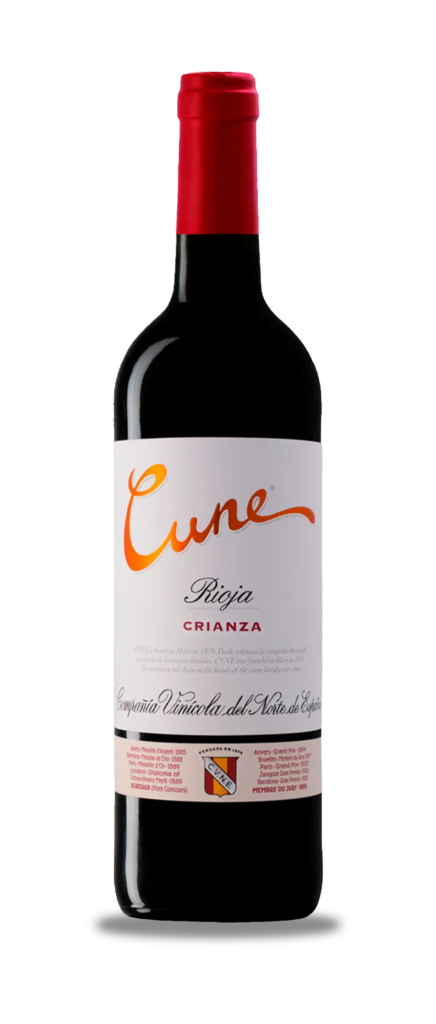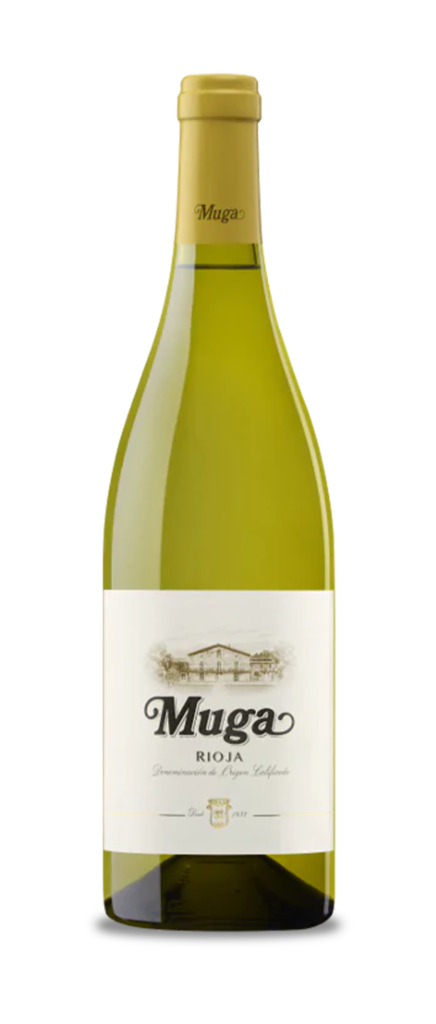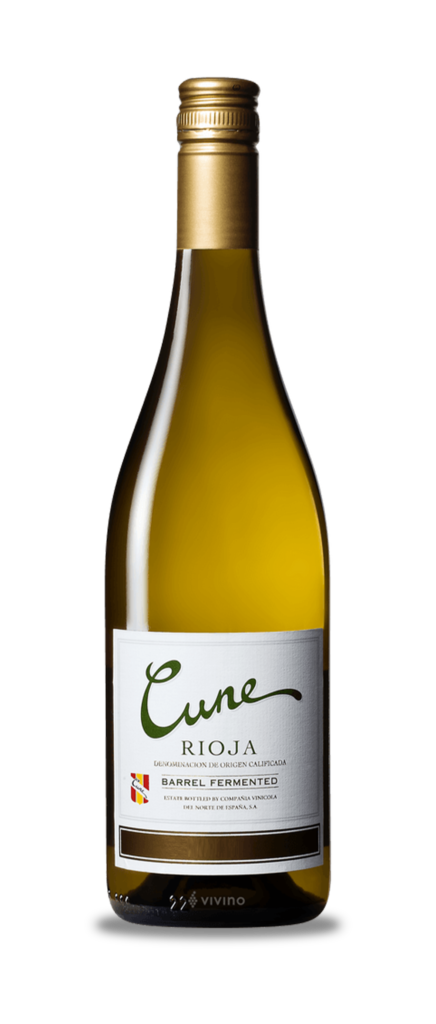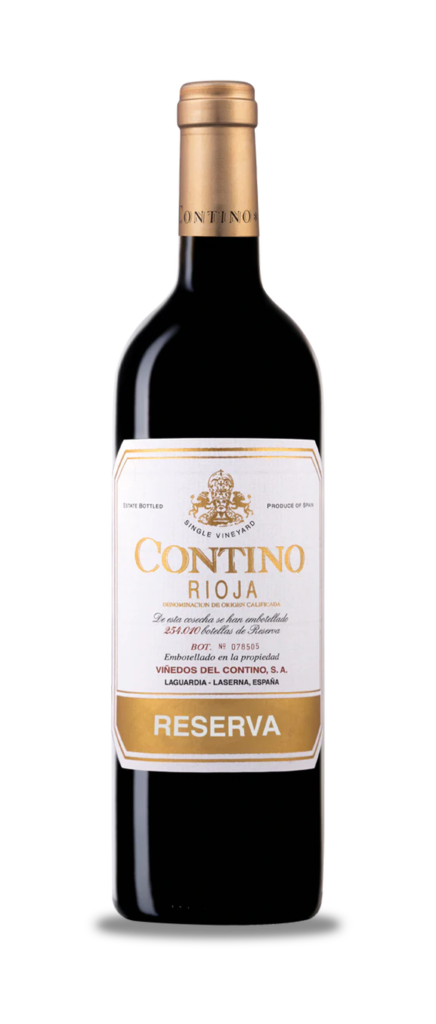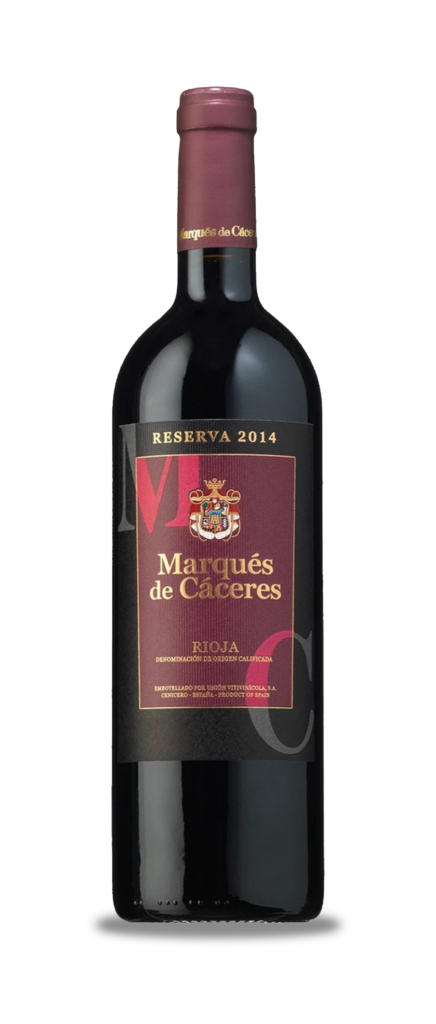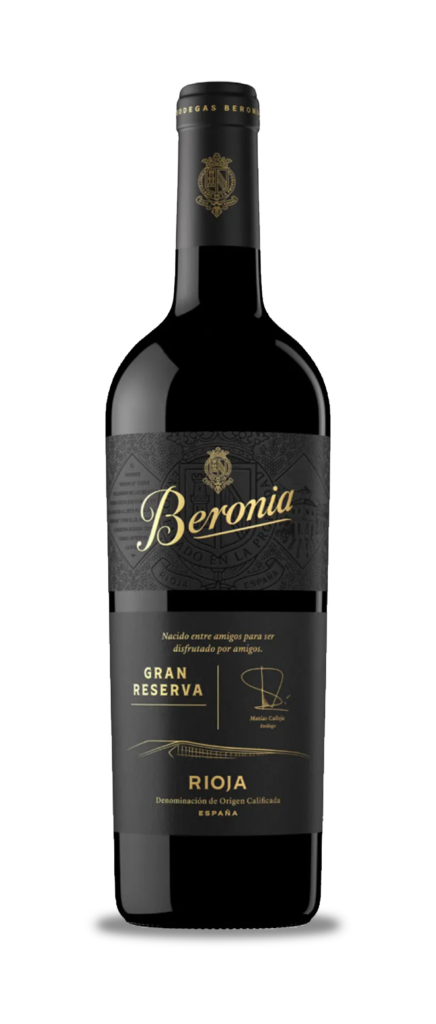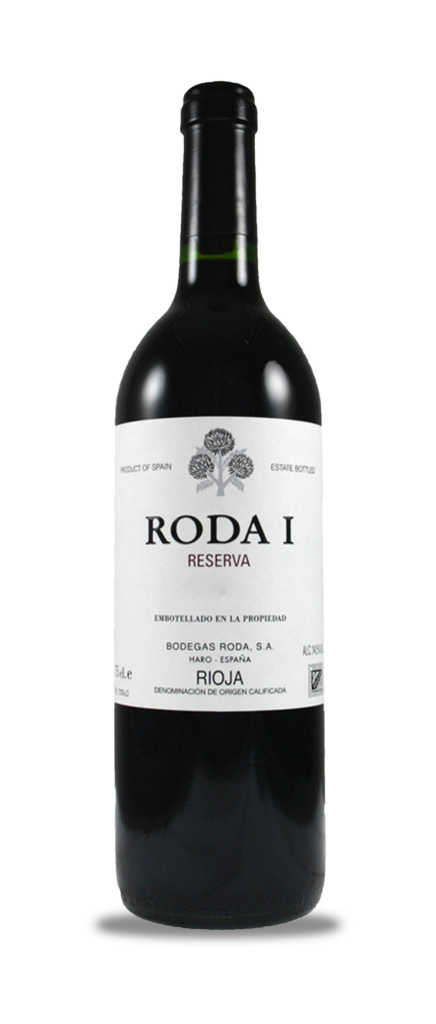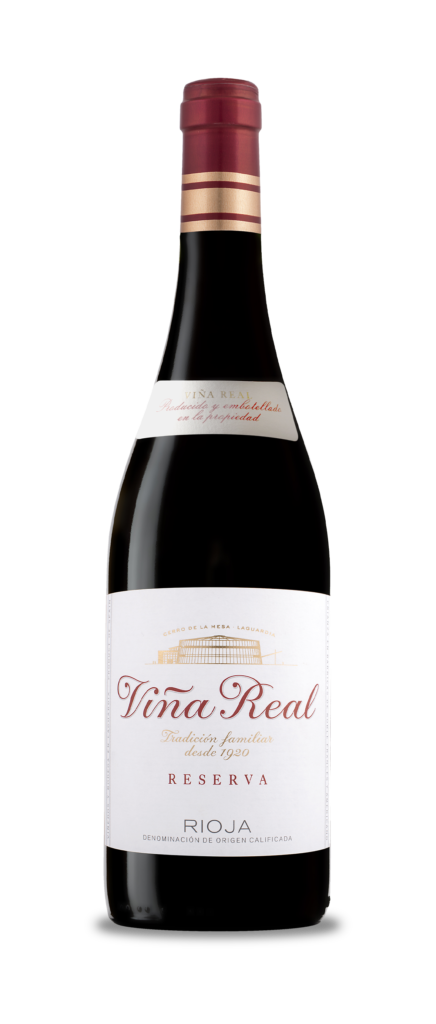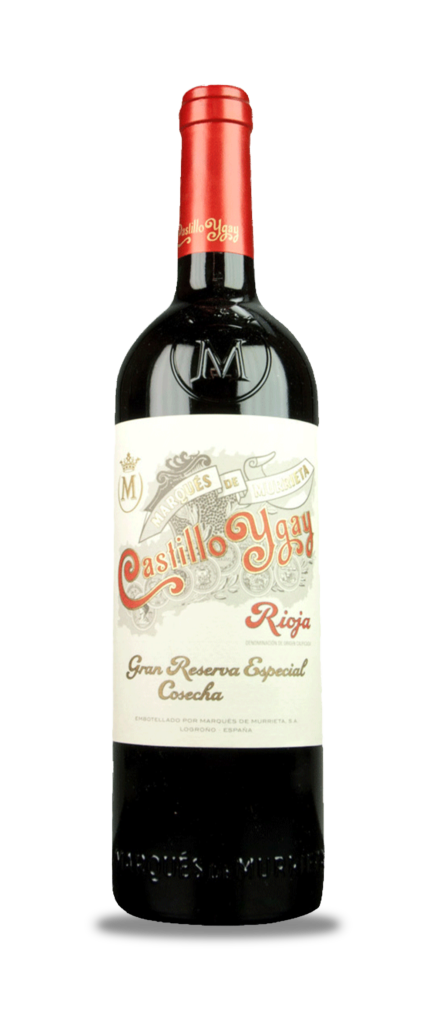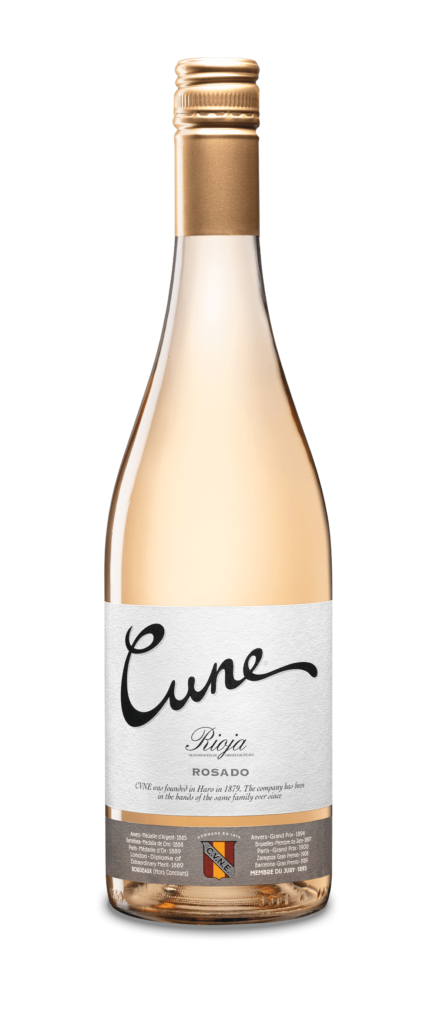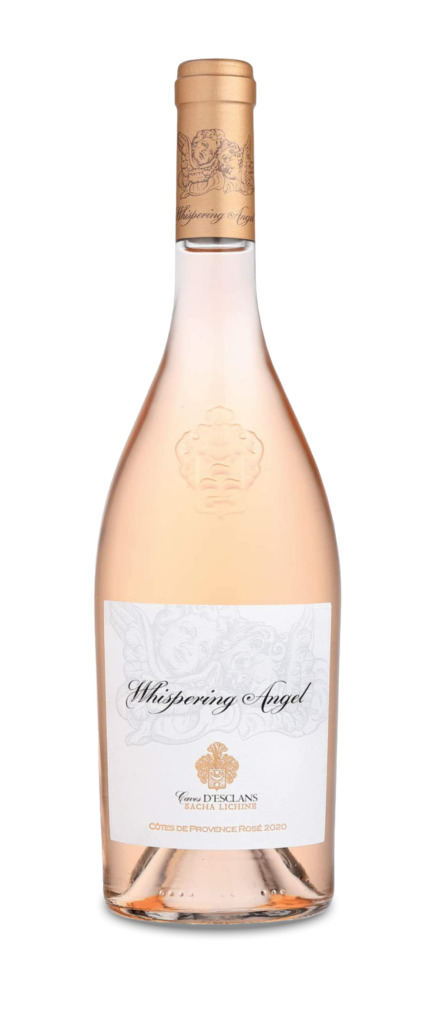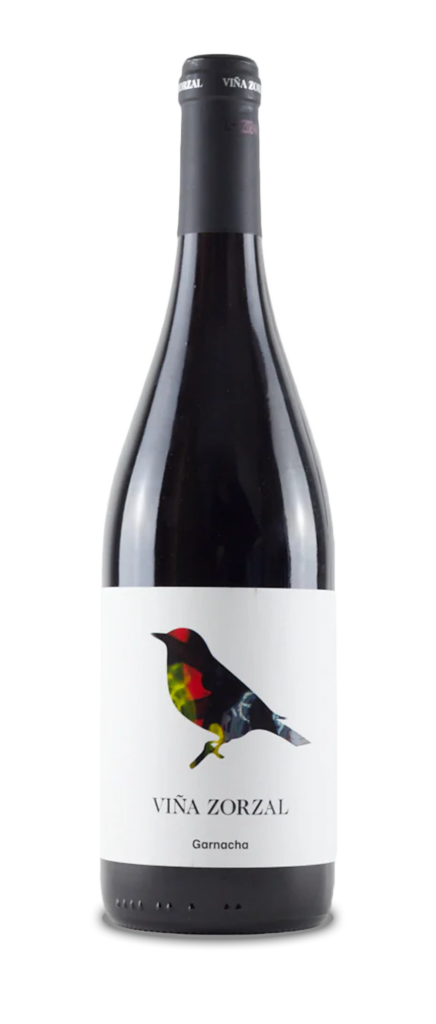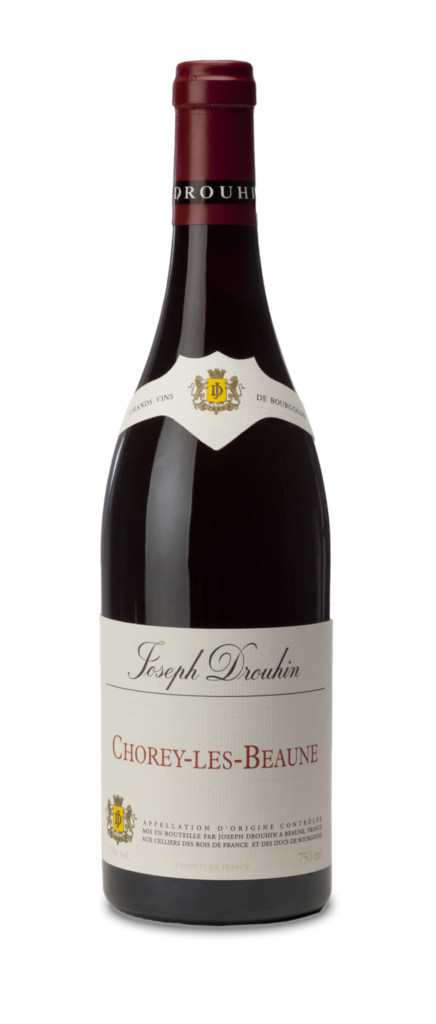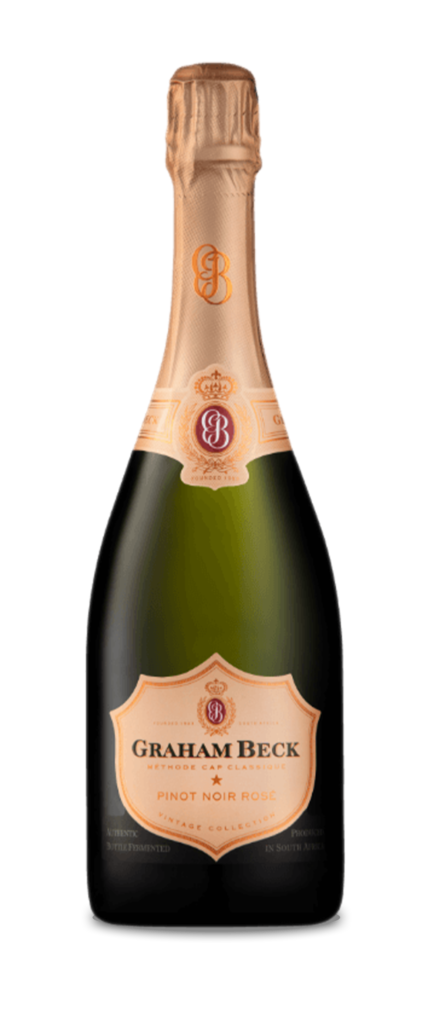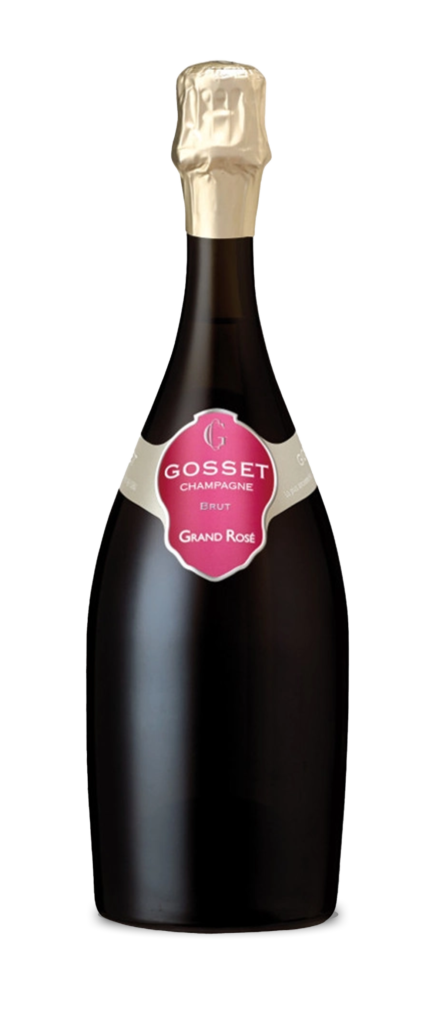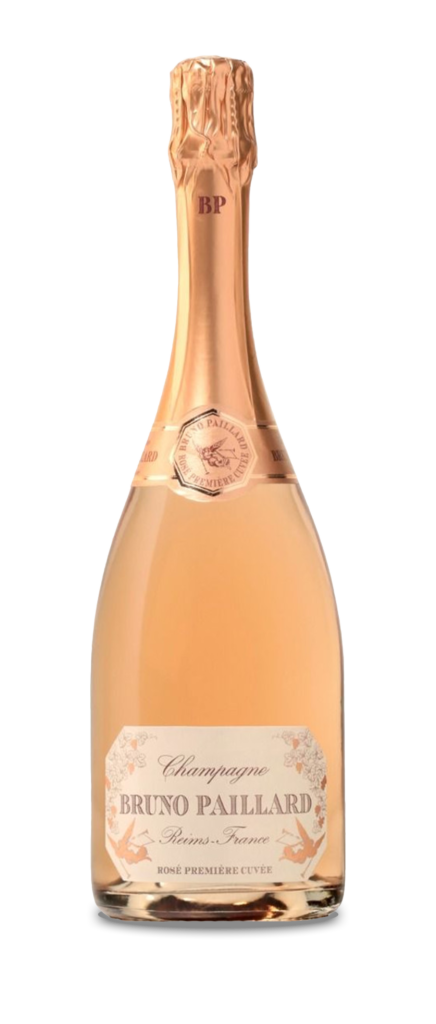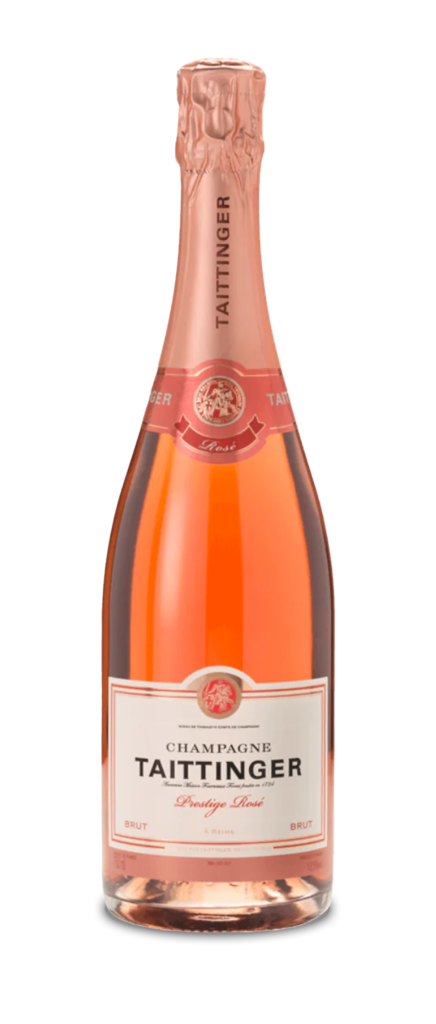Discover the best barbecue wines for the summer. Round & About’s Magazine’s wine columnist Giles Luckett shares his red, white and rose recommendations
Hello. The great British Summer wouldn’t be the same without the great British barbecue. Sociable, affordable, and fun, they’re a great excuse for an alfresco glass of wine or two. But which ones? Barbecued food is one of the trickier food and wine matches. OK, it’s not as tricky as mutton vindaloo (Merlot, by the way. My fiery food-loving friend swears by it), but it presents challenges. The combination of fish, fowl, flavourings and flame all need to be considered. Traditionally bigger the better was the approach, but with chefs such as double Michelin star winner Tom Kerridge taking barbecuing seriously, here are some equally serious selections for your summer’s alfresco dining.
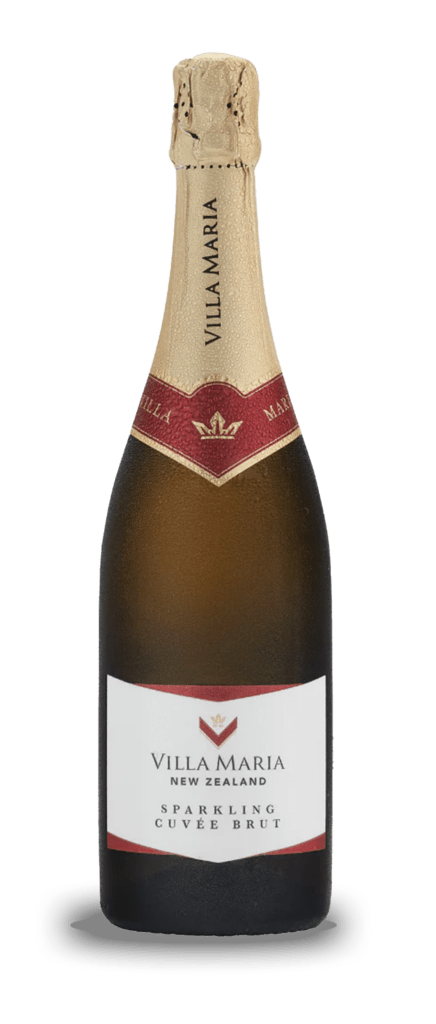
Let’s begin in a civilised fashion with a fizz. Well, two, actually – you can never have too much fizz, that’s my motto. The first is the Villa Maria Sparkling Cuvée Brut (Sainsbury’s on offer at £11 down from £14). I’ve been a big fan of Villa Maria’s wines since the late 1990s, but I’d not come across this until recently. A blend of mainly Chardonnay with some Pinot Noir, it offers New World joy with Old World complexity. Golden in colour and with a nose of apple crumble, the soft, textured palate offers melon, peaches, and pears and a touch of tropical fruit and honey. It’s a delightful solo sipper, but it has the weight and character to partner with seafood or white fish.
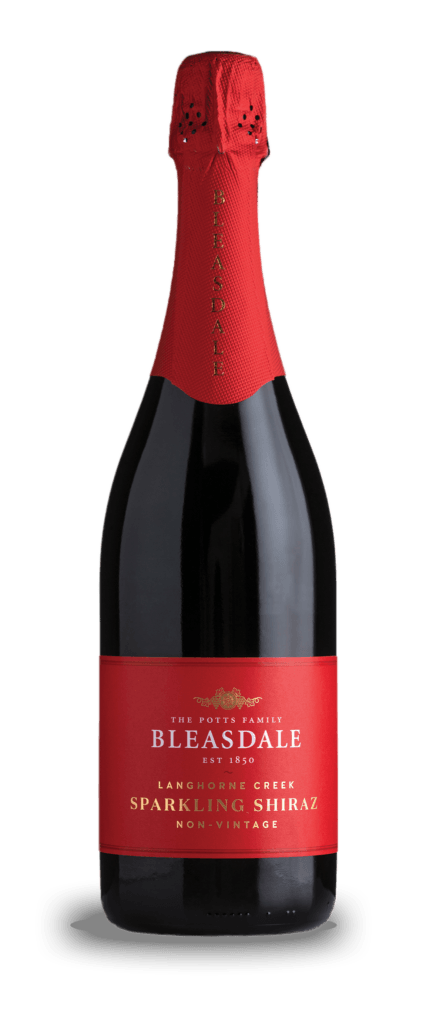
My second recommendation comes straight out of the Bonza Barbie Book! (Cliché Publications £9.99), it’s the Bleasdale Langhorne Creek Sparkling Shiraz (the Wine Society £12.95). Good sparkling Shiraz is one of the wine world’s great oddities. A hefty, moderately acidic, thick-skinned peppery grape should not make good fizz, but this is one of those so wrong its right wines. The Bleasdale has a lovely purple colour crowned by pink foam. The nose is a riot of crushed blackcurrants, with peppery mint notes in the background. For me, it was love at first sip, as raspberries, chocolate, and yeast offset the sweetly toned, spicy blackberry fruits. Good on its own, it’s amazing with honey mustard chicken.
And so on to the whiter side of life. Whites and barbecued food can be tricky. Too much new oak and your mouth can feel like you’ve smoked a Woodbine; too little body and it gets drowned out; too much acidity and it can taste harsh and sour. So, what to serve…?
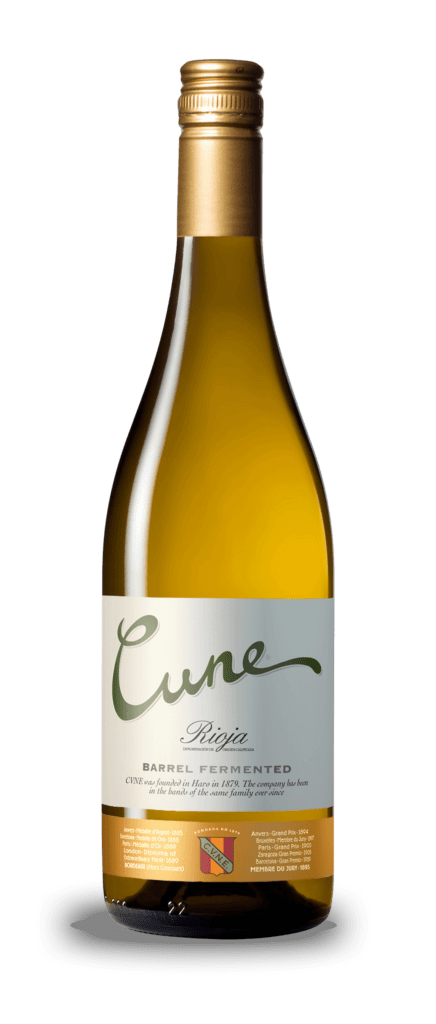
Well, you can start with a white Rioja. White Rioja is one of the great unsung heroes of the wine world. Take the Cune Barrel Fermented Rioja (Waitrose £7.99 on offer down from £9.99 (still a bargain at £9.99)). This is at once creamy and luxurious yet clean and crisp. No, I’ve no idea how they manage it, I’m just glad they do. It offers masses of red apple, apricot and grape fruit with undertones of vanilla, honey and crushed nuts before a lemony finish sweeps in. This is a great glassful that will stand up to barbecued white meats or fish while being equally at home on its own.
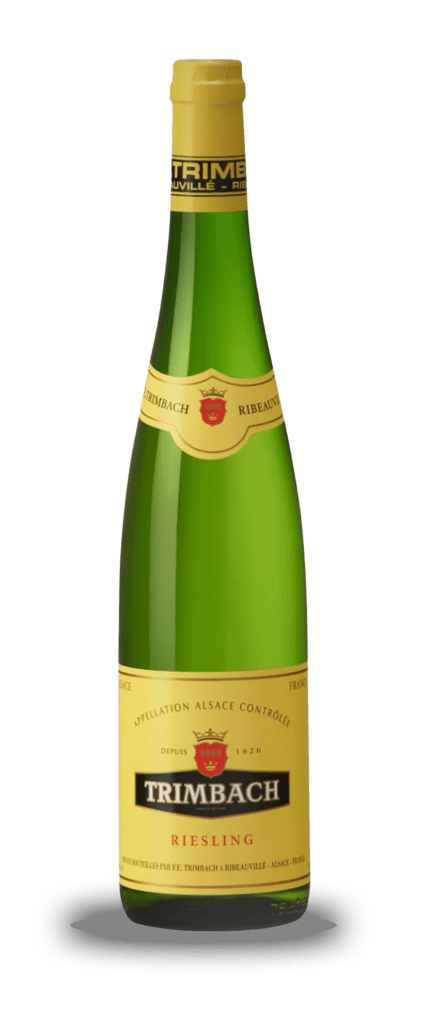
Alternatively, why not try a Riesling? Something like the Trimbach 2019 (West End Wines £19.50). Despite its appearance, name, grape and historical-geographic alignment (best not open the Treaty of Versailles debate here) this is from Frances’ Alsace. Trimbach has been making wine since 1626, and I have to say they’ve really got the hang of it. Elegance, purity, and intensity are the watchwords here. The bouquet melds white berries, blossom, citrus, and a hint of honey, while the palate offers green apples and white currants before pears, grapefruit, and minerals come in at the finish. Medium-bodied, but with such dazzling persistence, this is sublime with fish, white meats, and green salads.
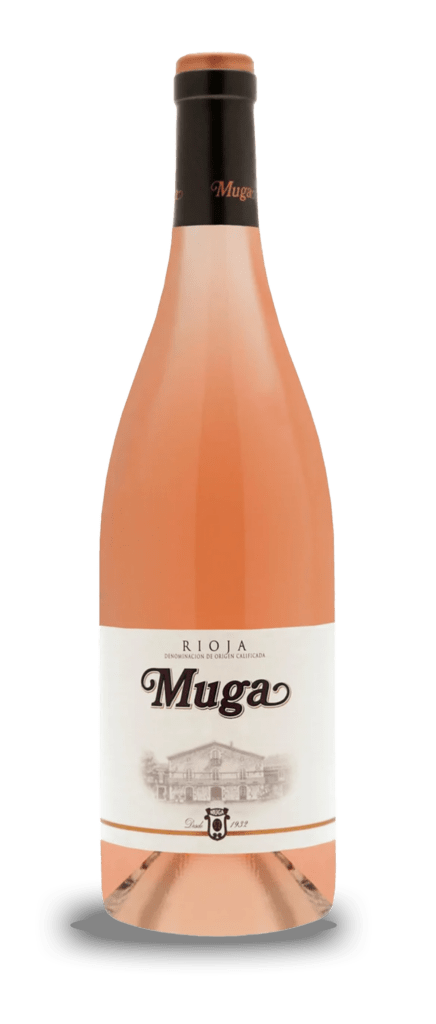
A pause for a rosé thought. I’ve always found rosé to be good with barbecued fish, seafood, and white meats, but most struggle to match smoky red meats. I’ve tried newer styles of rosé that put the emphasis on power and while they work to an extent, the lower acidity means something vital is lost. A wine that manages to match all grilled foods with effortless aplomb is the Muga Rosado (Waitrose £10.99). Pretty as a pink picture, this is an upfront style of rosé with juicy citrus mingling with red berries, apricots and cranberries.
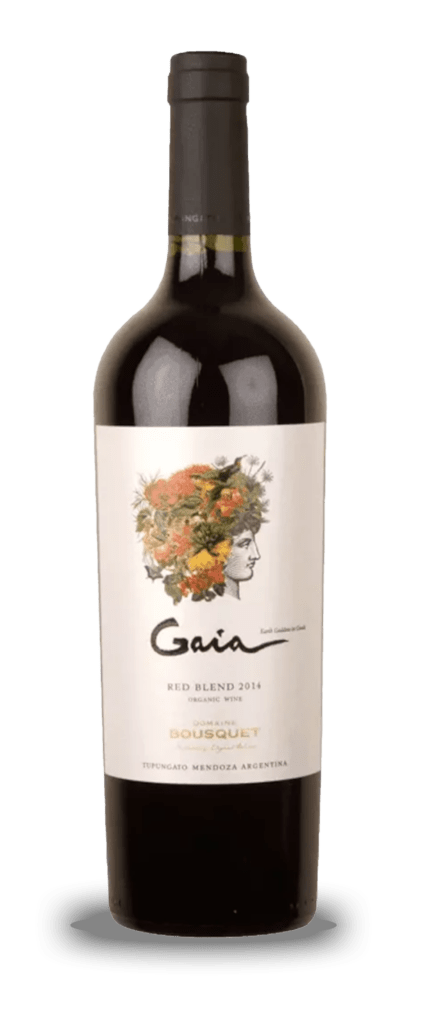
My first red is the Gaia Red Blend 2019 (Vintage Roots £17.95), which is another clever conjuring trick of a wine. An intriguing blend of Argentinean Malbec, Syrah and Cabernet Sauvignon, its inky blue-black colour and nose of super-ripe smoked black berries, cherries, coffee, and prunes give you an impression of all-out power. When you taste it, however, you find balance, harmony, and a lightness of touch. While the juicy Malbec black and blueberry tones lead the charge, there are fruits of the forest, mint, warm spices, and a lovely floral lift that make it feel poised and precise. I had this with steak – it was a perfect foil – but it would be just as good with roasted veg with garlic, grilled halloumi, or blackened peppers stuffed with couscous.
My next recommendation is a stone-cold classic – though serve it at room temperature for best results. It’s the Journey’s End V5 Cabernet Franc (Ocado £18). This was my first encounter with a South African Cabernet Franc. In fact, it was my first encounter with a varietal Cabernet Franc in years. Too often, I find the leafy blackcurrant tone rather green and sour. This had none of that. Very deeply coloured, on opening the nose offered cassis, peppers and black cherries with a lovely leafy herb note. Full-bodied yet fresh, it offers everything from brambles and cherries to smoky vanilla, graphite, star anise and plums. An hour open and exuberance turned to subtlety, and flavours of chocolate and strawberry came through. I had it with a heavily peppered steak, and it was excellent. The juiciness and the wine’s dry tannins complimented the food perfectly.
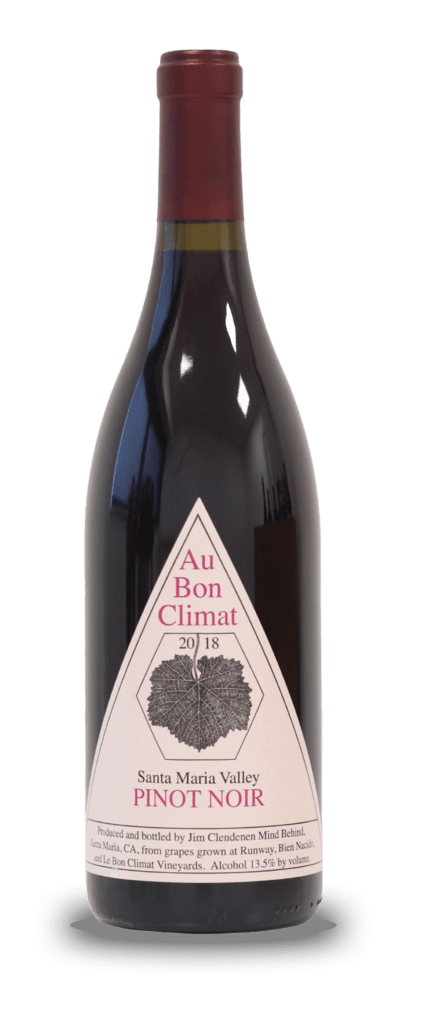
And finally, something for the adventurous amongst you. If you’re the sort of person who does quail piri piri or slaps a lobster on the grill (I’m free that evening, by the way) then the Au Bon Climat Santa Maria 2021 Pinot Noir (Berry Bros. & Rudd £31) is for you. This last vintage of the founder and Californian wine pioneer Jim Clendenen is a suitably fitting tribute to a man who did more for American Pinot and Chardonnay than anyone else. Gorgeous nose of red and black berries, roses, and cocktail cherries with a touch of menthol, the palate is tightly packed with strawberry, blackberry, black cherry and vanilla notes, that are lent further complexity by meaty tones, and a savoury edge. The bright acidity means it will happily partner fish, foul, or flesh, but make sure you give it a couple of hours open.
“The bright acidity means it will happily partner fish, foul, or flesh.”
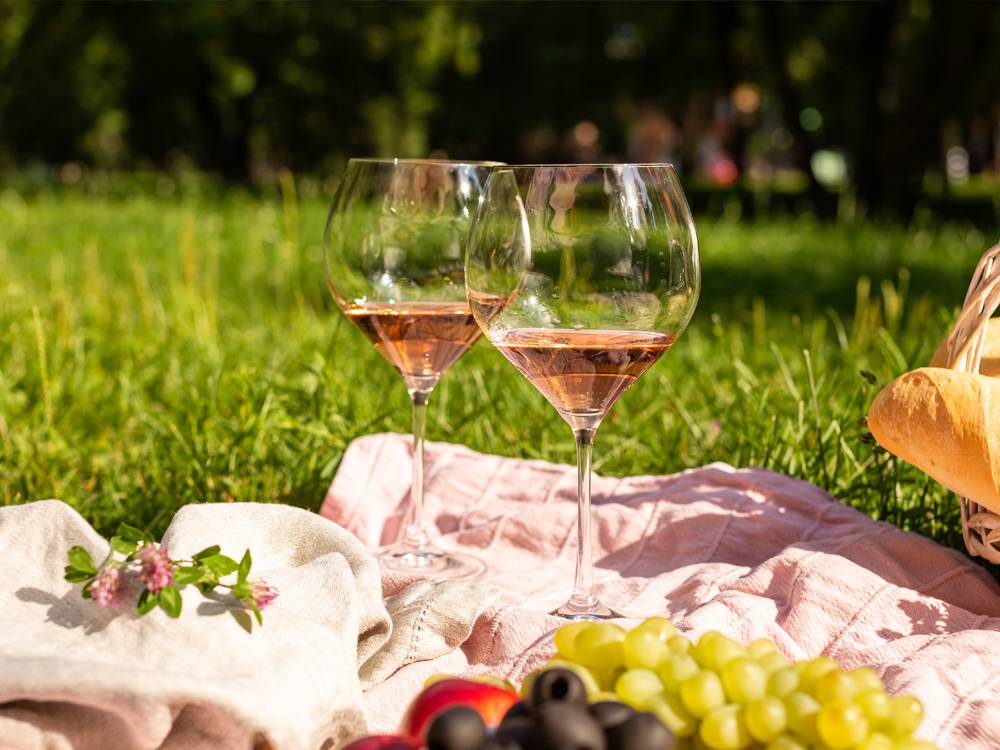
Well, I’m off to fire up the grill – those unami mushroom burgers won’t burn, I mean cook, themselves.
Next time I’ll take a look at the wines of New Zealand – surprises are in store…
More soon,
Giles











